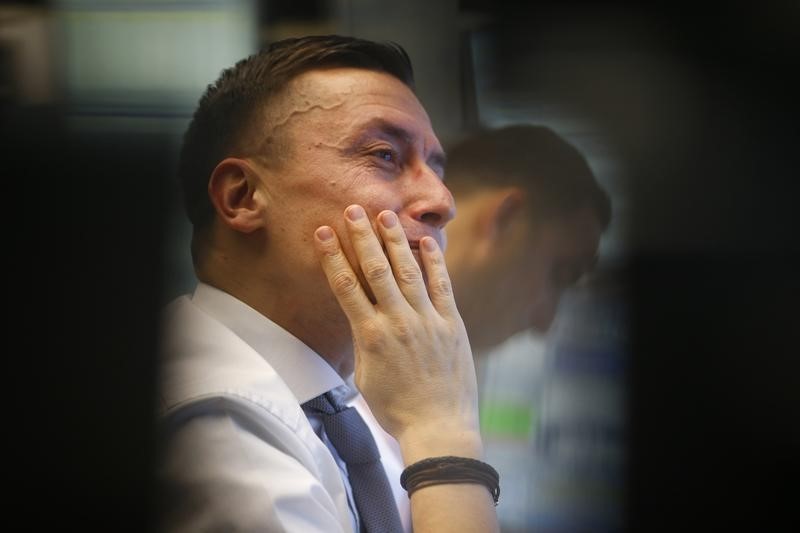(Bloomberg) -- Lowflation drove global markets to dizzying highs this year. Inflation could drive them off a cliff.
The risk for 2018 is that consumer price growth stages a comeback, roiling investor portfolios and corporate profits, according to investors and strategists. The consequent return of higher real interest rates would imperil bullish market psychology more than you might think.
“A significant inflation shock would be just about the worst thing that could happen to today’s investment portfolios,” Ben Inker, head of asset allocation at Boston-based Grantham Mayo Van Otterloo & Co., wrote in a Dec. 15 letter to clients. “Unlike most of history, it seems plausible that a meaningful inflation increase from here would impose worse losses on portfolios than a depression.”
A tighter labor market, easy financial conditions and a strong global backdrop are giving U.S. monetary policy makers confidence that core consumer prices will return to target next year. The market-implied annual inflation rate for the next decade rose to 1.95 percent this week, the highest since April, while global bonds slumped, spooked in part by hawkish monetary messages and the U.S. tax plan.
With $8.5 trillion of bonds already yielding less than zero percent, higher inflation would inflict big losses on the real value of bond portfolios, and undercut stock valuations, according to Inker.
A “moderate” inflation problem spurring real cash rates to 2 percent would impose higher losses on traditional “60/40” equity/bond portfolios than a depression, he calculated, after analyzing corporate cash flows and bond yields over similar stretches in the past.
Higher inflation, in the absence of productivity gains, would therefore be a market game-changer in 2018.
While there has been some growth in price levels this year, it has been more evident in the business sector. Corporate pricing power has grown faster than consumer price inflation, and this has sparked a “disinflationary boom” for America Inc., according to Jefferies Group LLC.
“Companies (capital holders) continue to be the major beneficiaries of disinflation with labor (stakeholders) still unable to capture their share of profits,” its strategists led by Sean Darby wrote in a report this month. In addition, muted wage gains -– and limited investment outlays -– have propelled U.S. corporate profits-to-GDP close to record highs.
In a world of improving labor markets, a lack of wage pressure allows the business cycle to run longer than expected without overheating.
“If you are extending the horizon of business cycle like this –- via low inflation and muted units costs -- then in investors’ minds, they are thinking that a recession will happen maybe once every 10 years, as opposed to seven,” according to Steven Englander, head of Rafiki Capital Management LLC and former chief currency strategist at Citigroup Inc (NYSE:C). “That reduces the prospect of market volatility.”
The likelihood therefore that the old economic rules still hold -- with a “normal” business cycle coming to an end as the Federal Reserve materially tightens policy –- would be a death sentence for asset valuations across stocks, bonds and credit that, on one measure, are at the highest since 1900.
This makes inflation key to determining the market outlook in 2018, according to Englander.
“The best precursor to signal the business cycle is ending is increased input prices,” he said.
